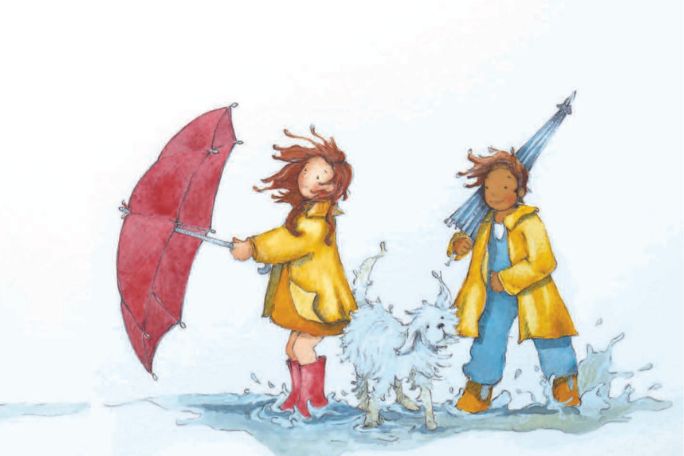Lesson summary
“Still, happiness is found in little things. Storms pass.”
Good authors often include a moral in their story to teach their younger readers about right and wrong behaviour. Can you find the moral behind some common phrases, and create your own moral tale?
Lesson guides and printables
Lesson details
Curriculum mapping
Curriculum codes:
Ideal for: Upper Primary Ages 10 – 12
Themes:
- think and connect
Time required: 40 minutes
Curriculum connections: English, Literacy, Critical and Creative Thinking, Personal and Social Capability
Encourage kids to move beyond reading texts literally to search for deeper meanings.
Ask questions such as:
- Why do you think the author wrote this book? Were they trying to get you to think about something or learn something?
- When this happened in the book, what did it show about the characters?
- Did the characters change from the start of the book to the end? What did they learn?
- What was the most important part of the book? Why? What did it show? How did it show that?
Resources required
- Envelope
- Device with internet access
- Lined paper
- Writing pencil or pen
- Where Happiness Hides ebook
Additional info
Learning@Home resources are designed for parents and teachers to use with children in the home environment. They can be used as stand-alone activities or built into existing curriculum-aligned learning programs. Our Learning@Home series includes two types of resources. The first are fun and challenging real-world activities for all ages, the second are self-directed lessons for upper primary and secondary students. These lessons support independent learning in remote or school settings.


Welcome back!
Don't have an account yet?
Log in with:
By signing up to Cool.org you consent and agree to Cool's privacy policy to
store, manage and process your personal information. To read more, please see
our privacy policy here(Opens in new tab).
Create your free Cool.org account.
Many of our resources are free, with an option to upgrade to Cool+ for premium content.
Already have an account?
Sign up with:
By signing up to Cool.org you consent and agree to Cool's privacy policy to
store, manage and process your personal information. To read more, please see
our privacy policy here(Opens in new tab).